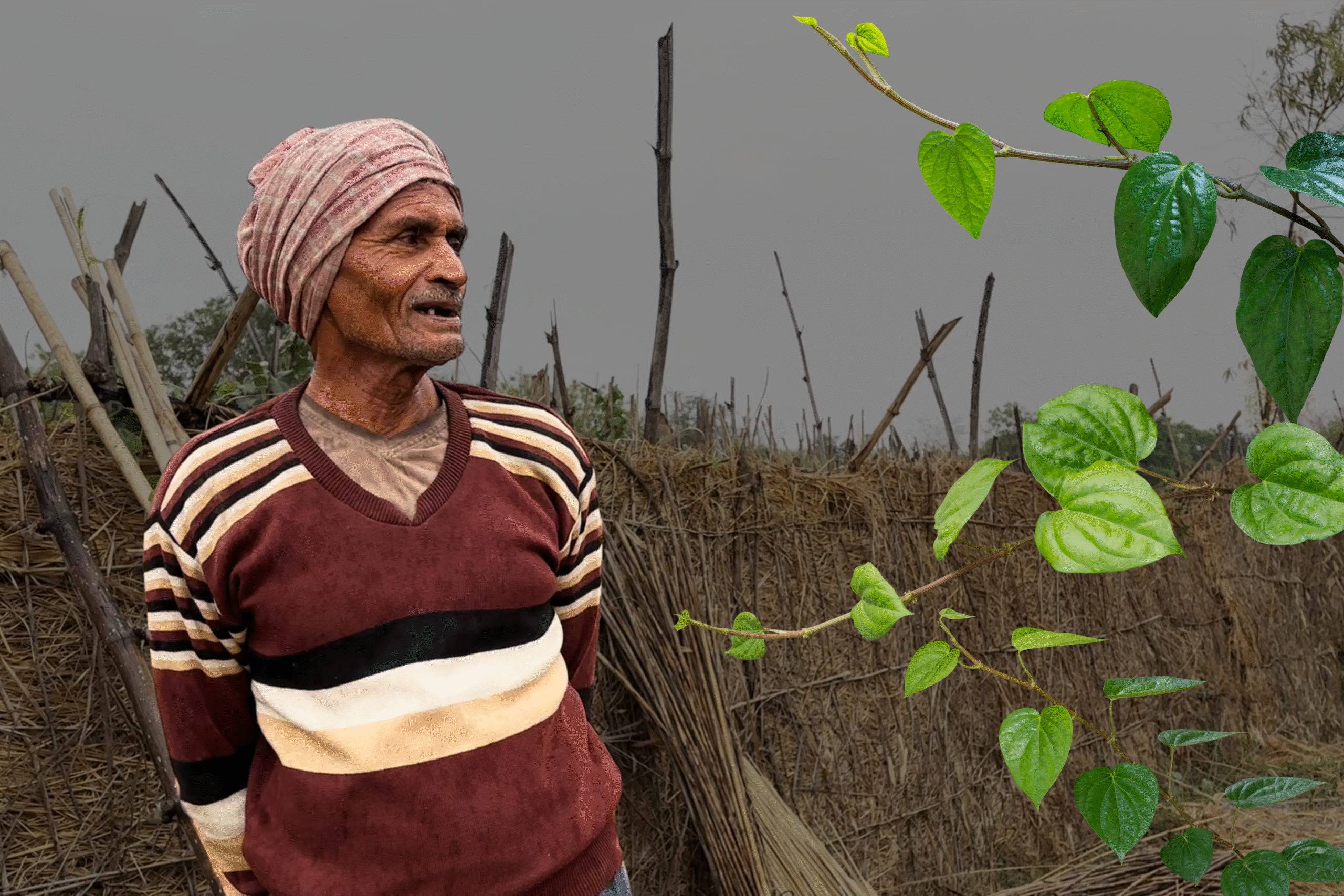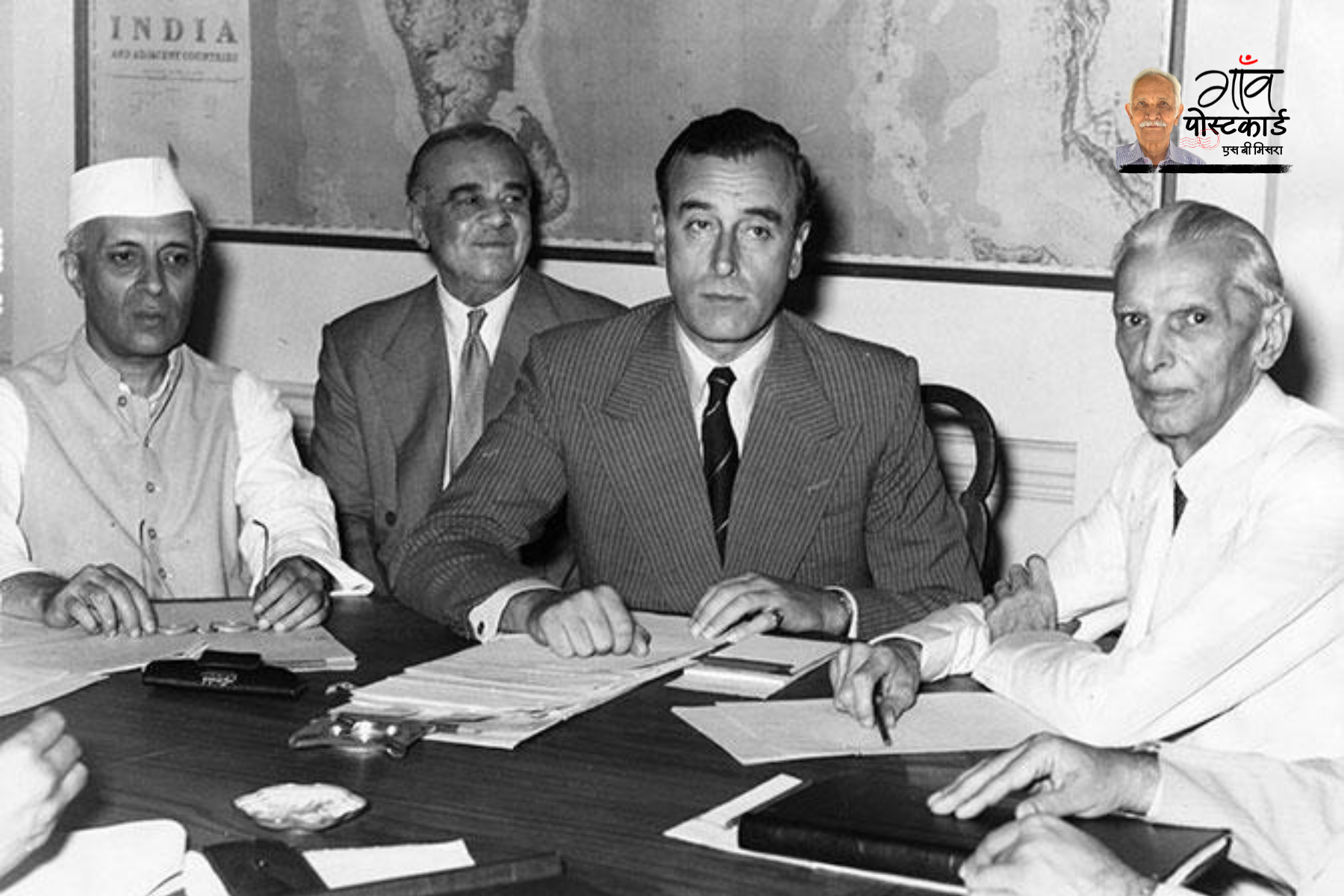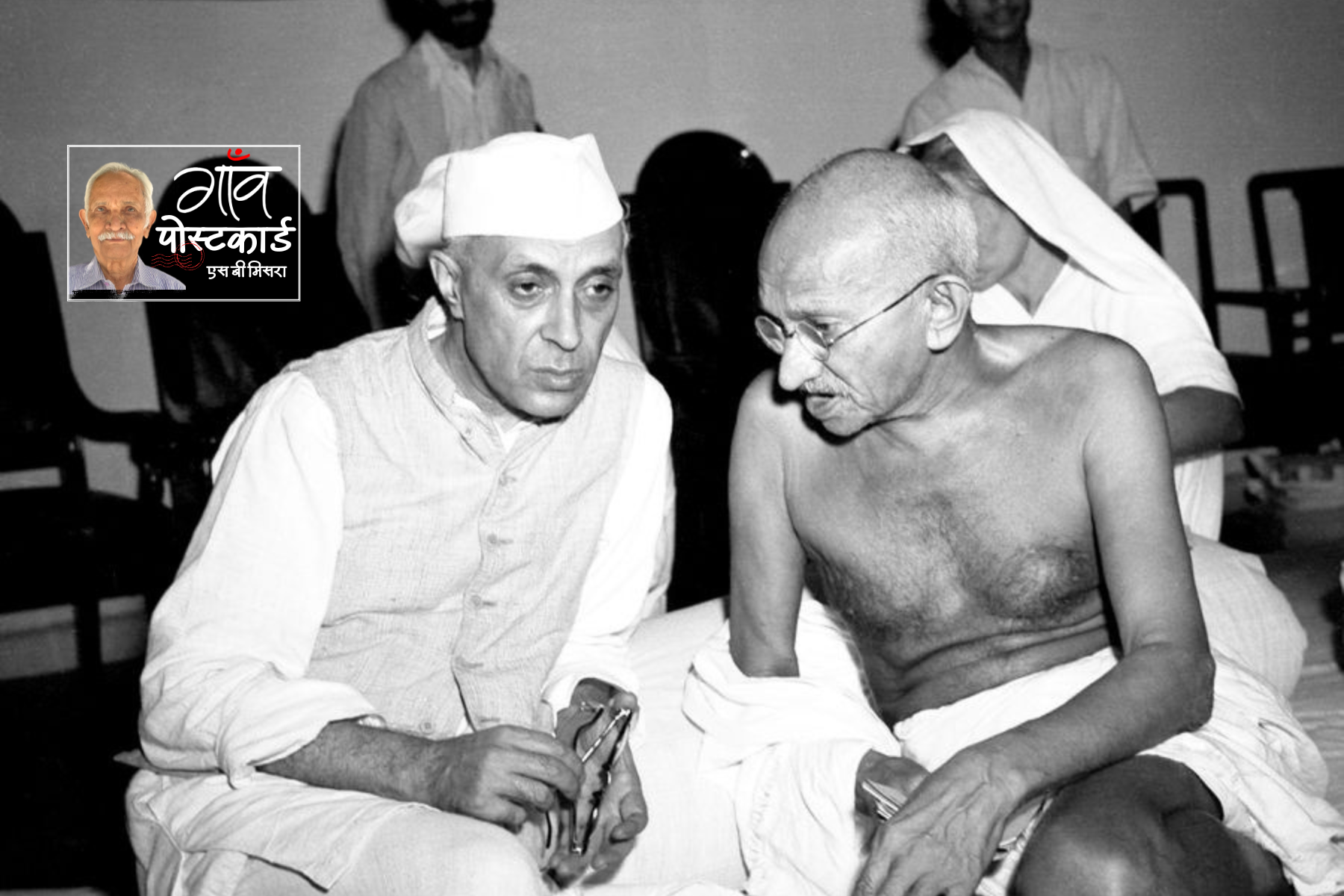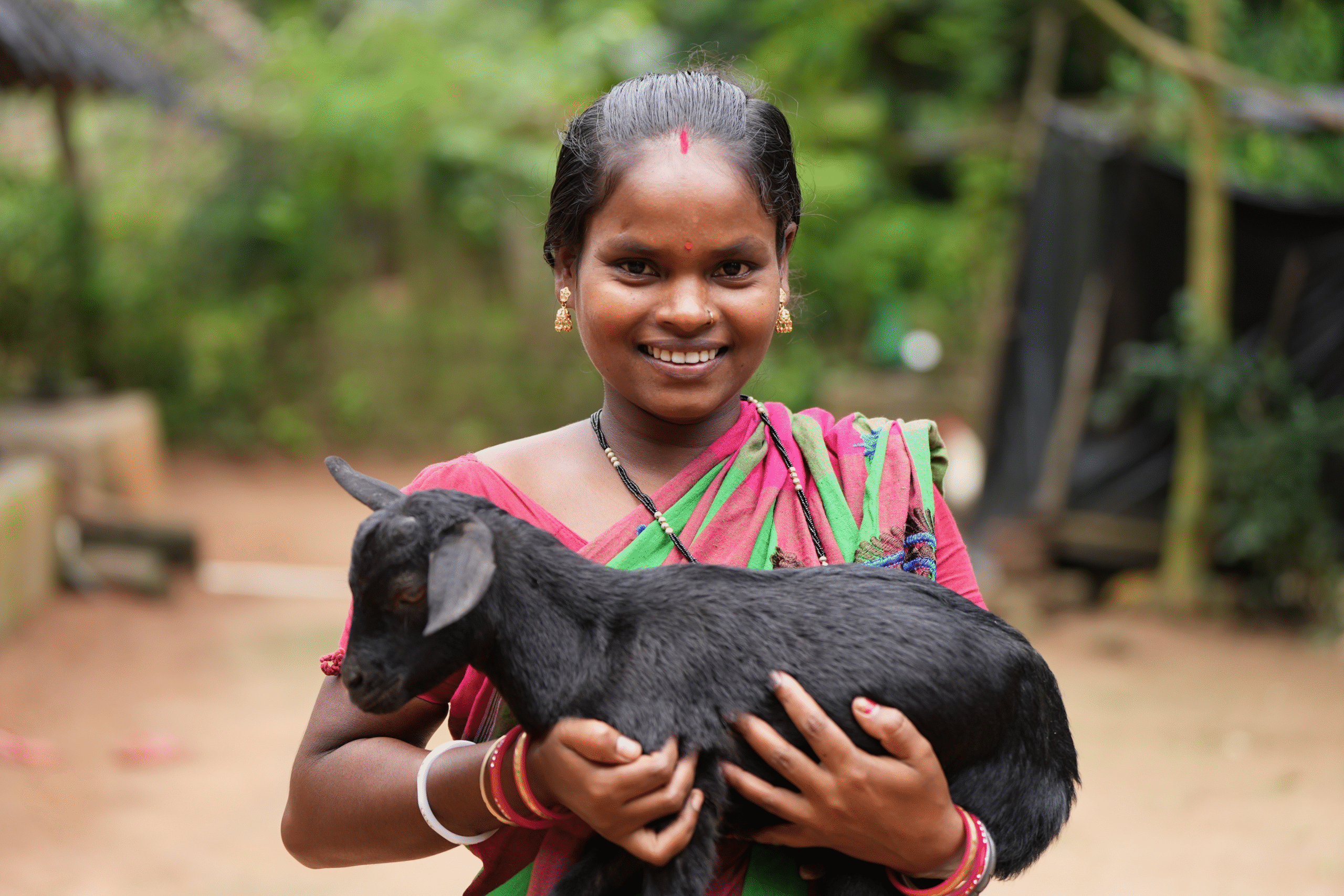Sukri (Palamu), Jharkhand
Devanti Kunwar is the sole breadwinner of her family. Her husband died three years ago leaving the entire responsibility of raising their four children on Devanti, a resident of Sukri village in Palamu district. Had there been no kharif (monsoon) drought in Jharkhand this year, the mother of four, who depends on her two hectares of agricultural fields for livelihood, would have begun tilling the land to prepare it for the rabi (winter) wheat crop. But, her farmland, that fed her family, lies uncultivated.
“Had it rained well, my paddy crop would have ripened by this time and I would have raised thirty to forty thousand rupees by selling the harvest. But not even a single grain of rice germinated in my fields,” the 45-year-old farmer told Gaon Connection. “I am under debt, I am barely able to sustain daily expenses. You tell me how will I sow wheat now?” she asked.
Devanti Kunwar informed that she had recently got one of her daughters married which resulted in a debt of Rs 60,000. “All my plans to repay the loans and prepare the fields for the next crop have failed,” she said.
Also Read: Deficient rainfall and low paddy sowing fuels labour migration in Jharkhand
Devanti is amongst the hundreds of thousands of rural residents in Jharkhand whose livelihoods depend on agrarian production and are at present reeling from the aftermath of the drought in the monsoon season which devastated the kharif crop of paddy.
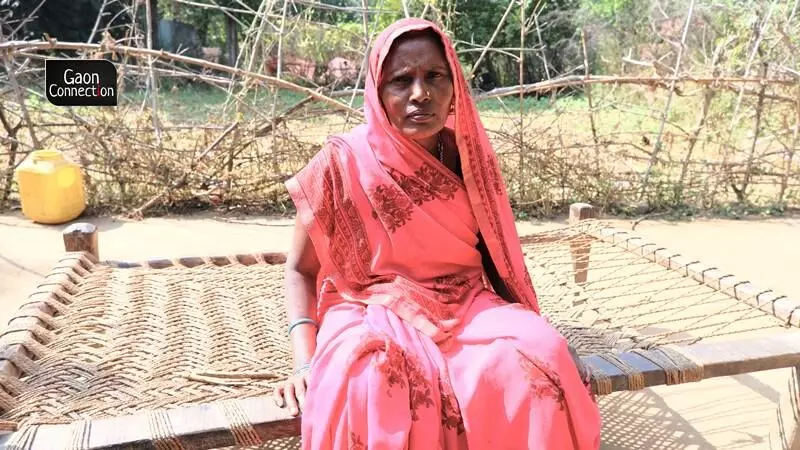
Devanti Kunwar is amongst the hundreds of thousands of rural residents in Jharkhand whose livelihoods depend on agrarian production and are at present reeling from the aftermath of the drought.
Last month on October 29, in a meeting of the State Disaster Management Authority (SDMA) chaired by Chief Minister (CM) Hemant Soren, a total of 226 blocks in 22 of the 24 districts in the state were declared drought-hit. This decision was taken due to deficient monsoon season (June to September) rainfall in the state. Farmers in the state had been demanding drought declaration and drought relief.
In a press release dated October 29, CM Soren was quoted as announcing that Rs 3,500 will be provided as financial compensation to the drought-hit families residing in these 226 blocks. The statement added that more than three millions of the farmers are expected to benefit from the compensation.
Also Read: Farmers raise demands for compensation as UP, Bihar, Jharkhand gear up for ‘drought-like conditions’
So far no drought relief, complain farmers
Gaon Connection asked some drought-affected villagers in the Medininagar and Chainpur blocks of Palamu district about drought relief and compensation, but they claimed they were yet to receive the promised amount.
Surajmal Singh, a 64-year-old farmer from Chiyanki village in the Medininagar block stated that so far no support from the government has been provided. Singh had cultivated paddy on about two hectares and maize on 1.5 hectares of land. “The entire paddy was wasted, I could only harvest a little bit of maize,” he said.
He has seven members in his family to feed and belongs to the Chero tribe which is declared to be a scheduled tribe. “I had spent about Rs 10,000 on seeds and fertilisers but everything was lost. I do not have the courage or the resources to invest in the next wheat crop now,” he said.
“Last year, by selling potatoes, I had earned Rs 40,000, but this year the ground is so dry that we could not plough the land,” the 64-year-old farmer said.
The inability of the farmers to cultivate in the next crop cycle was substantiated by Amrit Kumar Jha, senior scientist at the Krishi Vigyan Kendra [farm science centre] in Sahibganj district.
“Jharkhand did receive some rain, but it was late and the low monsoon rainfall this year is going to impact the rabi crop, but at what intensity, we can’t say as of now,” he told Gaon Connection.
Rabi crop is sown in the months of October, November and December. According to the latest data from the central Ministry of Agriculture, till November 11, only 600 hectares of wheat have been sown in Jharkhand as against an 209,000 hectares of official acreage of wheat in the state.
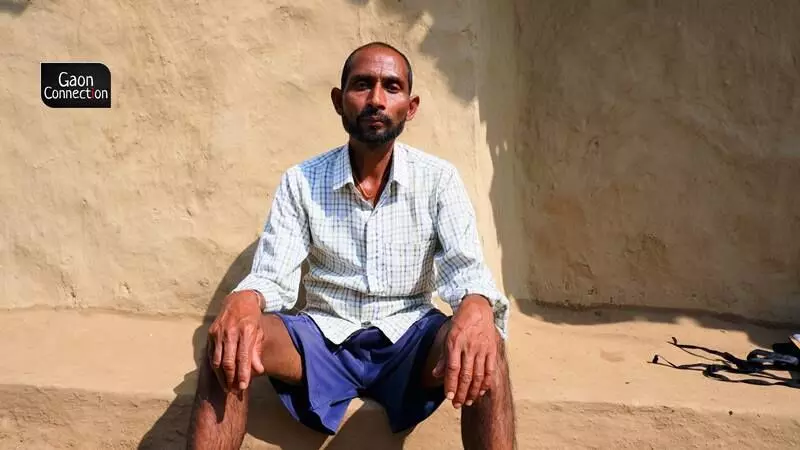
Lal Bahadur Mahato, a 43-year-old farmer from Sukri village doubles up as a daily wage labourer but he hadn’t been able to find work for the fourth consecutive day.
Crop diversification and seed distribution
When asked about the measures taken to relieve the distressed farmers in the state, Dinesh Kumar Manjhi, District Agriculture Officer in Palamu told Gaon Connection that the administration was trying to promote crop diversification which will help farmers make profits.
“We know they have suffered losses. We are promoting crop diversification and also distributing seeds at discounted rates. We are offering wheat, peas, red lentils (Masoor dal), and chickpeas (chana) at a 90 per cent discount while tori [gourd] and mustard seeds are being distributed free of cost,” the official said.
But, a number of farmers in Palamu district’s rural areas reported that they had not received the seeds. Farmers are worried about finding labour works, and feeding their families.
For instance, the subsistence of Devanti’s family is heavily dependent on the rationed food grains under the government’s public distribution system. She receives 10 kilogrammes of subsidised rice per month.
Earlier, the mother of four would work as a labourer in a stone grinding mill located about three kilometres away from her Sukri village but compulsions arising out of poor health have rendered her unworthy of such intensive labour now.
Also Read: Nothing bullish about Jharkhand’s largest cattle fair as low rainfall and fear of drought hit sales
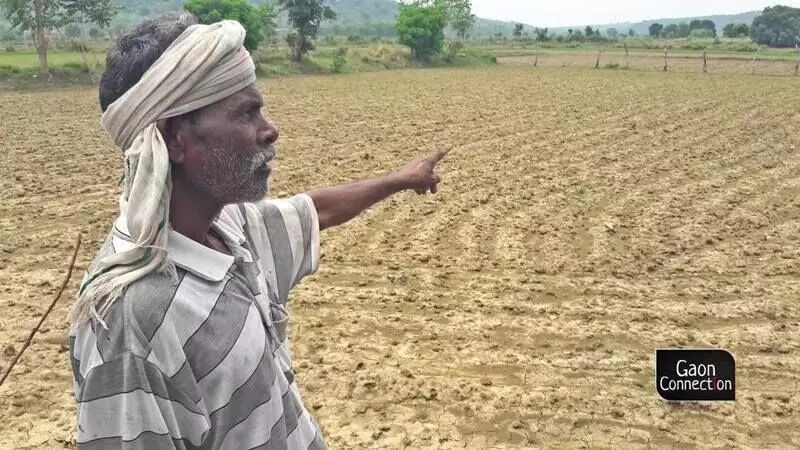
A total of 226 blocks in 22 of the 24 districts in the state were declared drought-hit.
Farmers facing hassles in registering for compensation
To avail financial assistance for drought compensation, farmers had to register their losses on the Jharkhand Rajya Fasal Rahat Yojana (JRFRY) portal. As per the portal, 1,713,474 farmers have applied so far out of which 1,50,102 farmers have already benefited.
However, many farmers complained that they could not register on the portal due to technical difficulties. Sources informed Gaon Connection that the registration process for compensation was closed on October 15.
Sitting on a raised platform outside his mud-house, Lal Bahadur Mahato, a 43-year-old farmer from Sukri village doubles up as a daily wage labourer but he hadn’t been able to find work for the fourth consecutive day. He owns almost an hectare of land on which he cultivated paddy this year but the crop failed, he said, and he lost Rs 11,000 on it.
“I visited the pragya kendra (common service centre in the village), to fill the drought relief form, but my application was rejected as I did not have the current malgujari raseed [land revenue receipt),” Mahato told Gaon Connection.
“I have the land revenue receipt of 2016-2017. Many in my village do not have the latest land revenue receipt so we have not been able to apply for drought relief,” he added.
Ashwani Kumar Ojha, district co-operative officer in Palamu acknowledged to Gaon Connection that many farmers have missed out on the compensation.
“See the window is closed as of now and many farmers have not been able to register. We will have to wait for the further guidelines to know what is to be done now,” Ojha said.
Landless farmers worst affected
Rajlal Bhuiya, a 35-year-old resident of Mahugawan village, in Palamu’s Chainpur block does not own any land and every year, he takes land on batiya (tenant farming). Through this verbal contract, both the tenants and landowners invest half the expenses and divide half of the harvest.
This kharif season, Bhuiya had cultivated paddy on half an acre of land and he had invested around Rs 5,000 in the purchase of seeds.
“I lost everything, the seeds didn’t even germinate,” he said.
In the absence of any documents to prove his tenancy, Bhuiya has little hope of being compensated for the loss. Millions of farmers like him fall into the category of landless farmers who are not covered under the drought relief scheme as they cannot prove the loss they incurred.
“If the landlord gives in writing, then the farmer will get the compensation otherwise on what basis will he get the benefit,” Dhanwanti Devi, village head of the Mahugawan panchayat told Gaon Connection. For hundreds of thousand farmers like Rajlal Bhuiya and Devanti Kunwar, it is a difficult year ahead.


